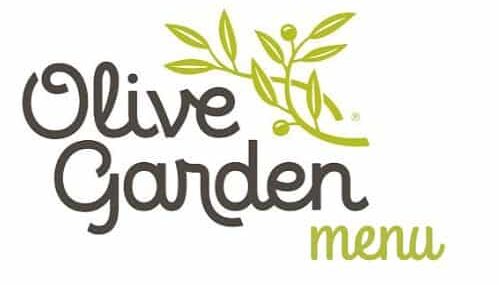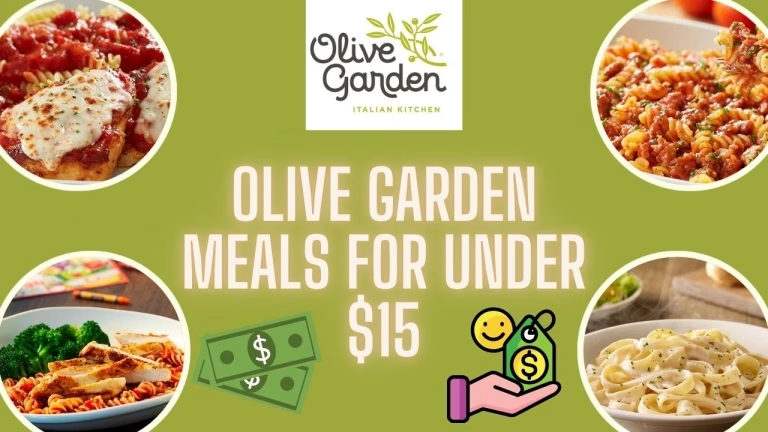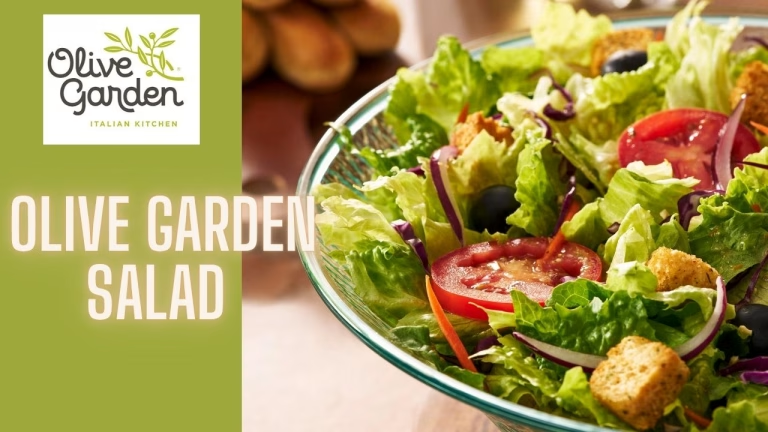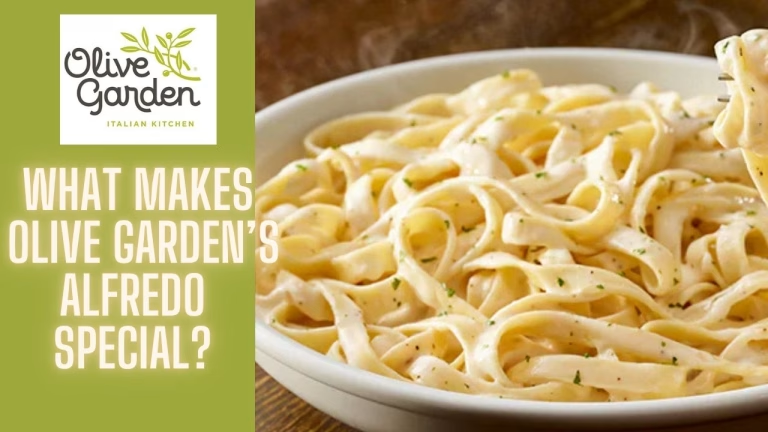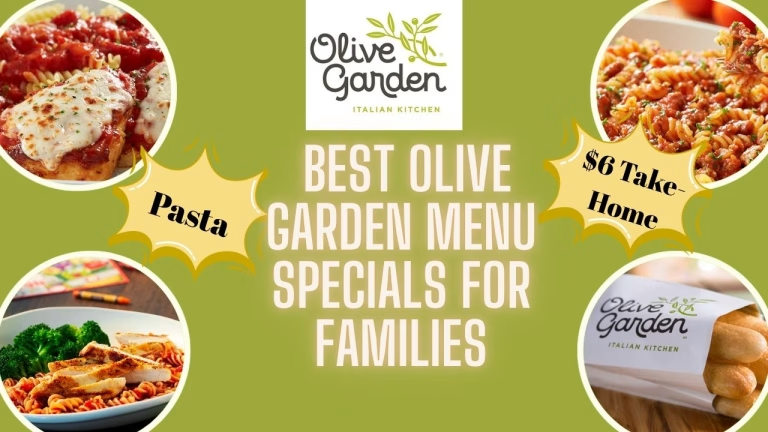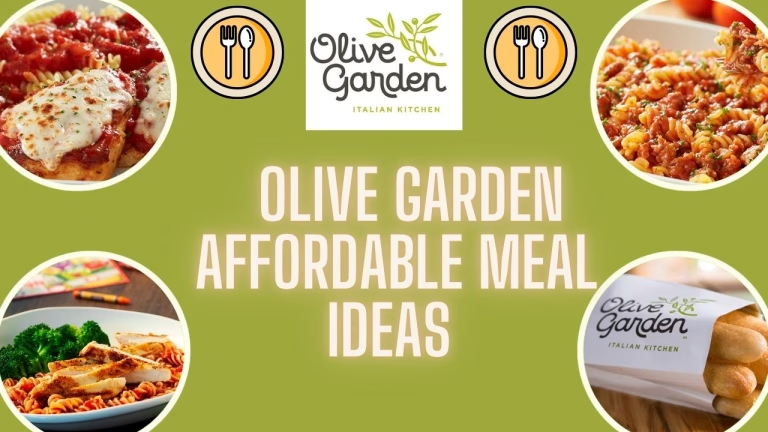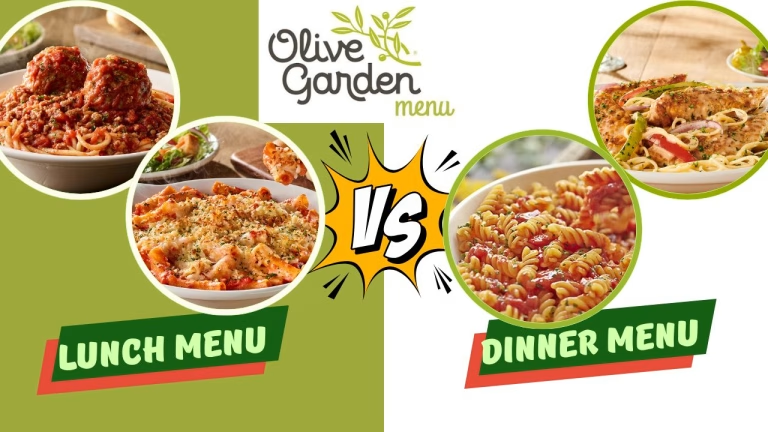Is Olive Garden Take Out Worth It, or Should You Just Dine In?
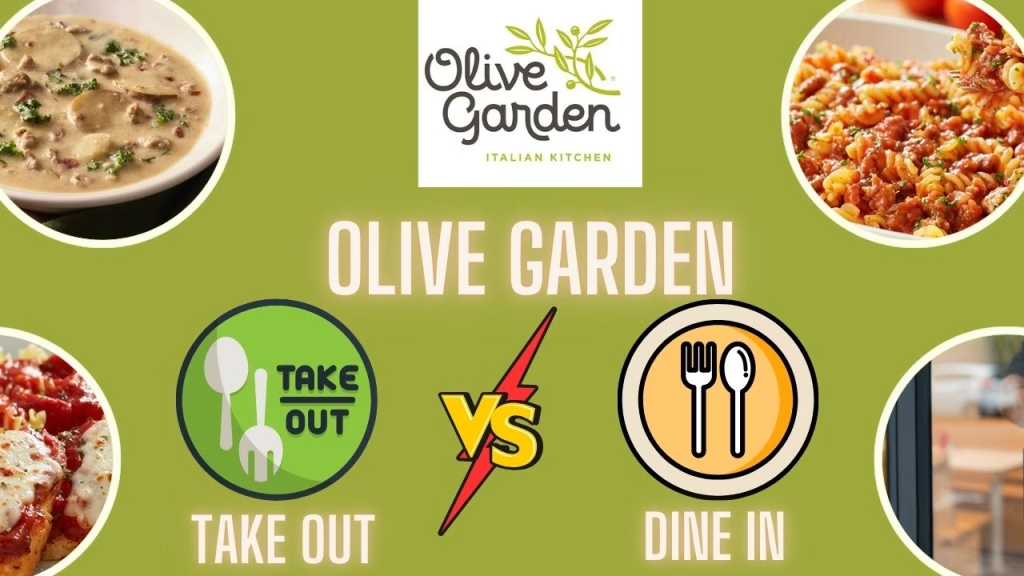
Sometimes, you’re in the mood to sit down for a full restaurant experience. Other times, all you want is a warm plate of pasta without changing out of your sweatpants. Olive Garden makes both possible — but depending on how you order, the overall experience can feel pretty different.
Whether you’re eyeing the fettuccine Alfredo or craving their signature breadsticks, both dine-in and takeout let you enjoy the full Olive Garden menu. But there’s more to think about than just what ends up on your plate. From portion sizes and food quality to how the little things — like salad refills or that extra scoop of cheese — affect the experience, it’s worth taking a closer look.
In this article, I’m breaking down the real differences between eating at the restaurant and grabbing Olive Garden to-go. No fluff — just an honest, practical side-by-side comparison to help you decide what fits your plans better, whether it’s a laid-back family dinner or a quick meal on your couch.
What It’s Like to Order Takeout from Olive Garden
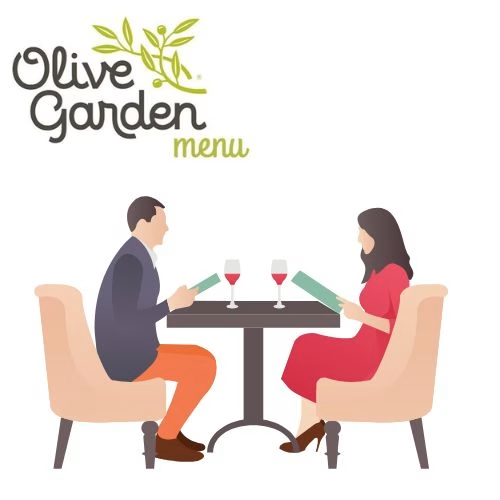
If you’re skipping the dining room and going the takeout route, Olive Garden keeps things simple — in a good way. The full menu is available to-go, and you can order straight from their website or app. They don’t jack up the prices, which already puts them ahead of a lot of other chain restaurants when it comes to affordable takeout.
The process itself is pretty smooth. You find your closest location, pick a pickup time, place your order, and you’re set. When you get there, you’ll park in one of the marked spots, tap “I’m here,” and someone brings your food right out — usually within a few minutes.
As for the packaging, it’s surprisingly sturdy. Pastas hold up in the containers without turning into a soggy mess, and salads come fresh with the dressing on the side. Breadsticks stay wrapped in foil, so they’re still warm when you get home — not hot, but not stale either. Everything’s portioned well, and the presentation’s neat enough that you won’t feel like you just picked up fast food.
Of course, you won’t get unlimited breadsticks or that warm restaurant vibe, but for what it is — especially if you’re searching for a reliable, low-effort dinner — Olive Garden takeout does the job.
Quality Breakdown: Dine-In vs. Takeout
There’s no denying that Olive Garden delivers solid flavor whether you eat there or take it home. But once you start paying closer attention, some clear differences in food quality start to stand out — especially when it comes to temperature, texture, and those little details you only notice once you’ve tried both.
Temperature
Let’s start with the obvious: food is simply hotter when you eat it at the restaurant. Dine-in pasta shows up piping hot, steam rising off the plate, with cheese that’s still bubbling on top of entrées like Chicken Parmigiana. Takeout meals, on the other hand, tend to lose a bit of that heat — even with a quick drive home. They’re still warm, just not quite that fresh-out-of-the-kitchen level. It’s not a dealbreaker, but it’s noticeable.
Texture
Here’s where things get interesting. Some textures don’t survive the takeout process as well. That crisp edge on a breaded cutlet? It holds up beautifully when you’re eating in, but by the time you open the takeout container, moisture has usually softened it up a bit. The flavor is still on point — nothing changes there — but the crunch is often missing.
Pasta and Sauce
One thing Olive Garden gets right both ways is their pasta sauces. Whether it’s Alfredo or marinara, the texture stays smooth and creamy. The sauce doesn’t break or separate, which is impressive considering how tricky cream-based sauces can be. Still, there’s a slight edge to the in-restaurant version — the noodles are just a bit more velvety, and the sauce clings to them better when it’s plated fresh.
Breadsticks
There’s no question here — breadsticks are best when eaten on the spot. At the table, they arrive warm, soft, and covered in buttery garlic goodness. Wrapped in foil for takeout, they manage to hold some of that heat, but often lose their fluffiness. They’re still tasty, just a little chewier once they cool.
Salad
The signature garden salad is another one that shows a small but clear difference. Dining in, it’s crisp and chilled, tossed evenly with just the right amount of dressing. When you get it to go, the greens are still fresh — but they’re usually packed separately, and it doesn’t quite have that just-prepared balance. Not bad at all, but it doesn’t hit the same way.
Portion Size & Perceived Value
If there’s one thing Olive Garden rarely skimps on, it’s portions. Whether you’re sitting at a table or picking up dinner to-go, chances are you’ll end up with a full plate and maybe even leftovers. But when you look a little closer, there are subtle differences between dining in and ordering takeout — especially when it comes to sides and the overall sense of value.
Let’s start with the main course. Olive Garden tends to keep its entrées consistent across the board. A Chicken Parmigiana with Fettuccine Alfredo, for example, shows up with a full-size breaded cutlet and a generous pile of pasta, whether you’re dining in or bringing it home. There’s no noticeable downsizing when you choose takeout, which is reassuring.
But here’s where things begin to diverge: the extras. Dine-in guests enjoy a few perks you don’t really get with takeout — most notably, unlimited salad and breadsticks. The salad comes out in a large bowl meant for sharing, and the servers are quick to offer more without hesitation. As for the breadsticks, they just keep coming, warm and buttery, without needing to ask.
Takeout meals don’t quite match that experience. You’ll usually get one portion of salad per entrée, and the breadsticks are limited — typically one per meal unless you add extras. It’s enough to satisfy, but it lacks that bottomless feel that makes dining in feel a little more indulgent.
When it comes to pricing, things are pretty even. The menu prices don’t really shift between dine-in and takeout. But still, there’s a psychological difference. Sitting down to a full meal with endless salad and bread, service at the table, and even those small touches like fresh Parmesan grated right in front of you — it just feels like you’re getting more for your money.
Also worth mentioning: takeout promotions or limited-time deals sometimes skip over things like soup or salad unless you specifically add them. That can change the overall experience, especially if you’re feeding a group or hoping for a fuller meal without having to customize every detail.
| Feature | Olive Garden Take Out | Olive Garden Dine-In |
|---|---|---|
| Ordering Process | Quick and simple through the app or website | Wait to be seated, then order through a server |
| Pickup Experience | Designated takeout parking, staff brought order out within minutes | Full service with staff attention throughout the meal |
| Food Temperature | Warm, not piping hot, but still enjoyable | Fresh and hot right from the kitchen |
| Packaging | Sturdy containers, sauces kept separate where needed | Served on real plates with better presentation |
| Breadsticks | Wrapped in foil, soft but slightly cooled by the time you eat | Served warm and replenished throughout the meal |
| Salad | Dressing on the side, not as cold or crisp | Served in a chilled bowl, fresher with better texture |
| Pasta Texture | Surprisingly good, didn’t get mushy or overcooked | Creamier and slightly better texture right out of the kitchen |
| Atmosphere | Casual, no distractions, perfect for relaxing at home | Warm, cozy restaurant vibe — perfect for social meals |
| Extras | No refills or server check-ins, utensils included | Unlimited salad, breadsticks, drink refills, personal service |
| Convenience | High — great for busy nights or relaxed meals at home | Lower — requires more time and effort |
| Value for Money | Good, but fewer perks (e.g., no unlimited breadsticks) | Better value overall if you dine in and take advantage of all the extras |
| Best For | Quick comfort food, takeout nights, busy evenings | Full experience, family dinners, casual dine-out with friends |
Best Olive Garden Take Out Items (and What to Avoid)
Based on the experience with both dine-in and takeout, it’s clear that not every Olive Garden dish is designed to hold up well outside the restaurant setting. Items with crispy textures, like Chicken Parmigiana or fried appetizers, tend to lose that just-cooked quality during transport. On the other hand, heartier pastas with thick sauces — such as Fettuccine Alfredo or Baked Ziti — maintain their consistency and flavor much better in a takeout container.
Family pans and soups also travel surprisingly well, especially when packaged separately. If you’re ordering takeout, it helps to stick with menu items that are more forgiving in terms of texture and heat retention.
Best Take Out Picks
Fettuccine Alfredo
This one is a winner. The sauce is thick and creamy, and it doesn’t break down or get watery during the trip home.
Lasagna Classico
Lasagna tends to do well with takeout. The layers stay intact during the drive home, and the meat sauce keeps its flavor without turning watery or bland. It also holds heat better than most pasta dishes and can be reheated later without falling apart — which makes it a reliable pick if you’re not planning to finish it all in one sitting.
Chicken Parmigiana
A little softer than when you eat it in the restaurant, but still tasty. The sauce keeps the chicken moist, and it paired well with Alfredo on the side. Not crispy anymore — but flavorful.
Soups
Both Zuppa Toscana and Pasta e Fagioli held up surprisingly well in takeout containers. The flavors stayed intact, the broth didn’t separate, and the ingredients maintained their texture even after the ride home — making them solid choices if you’re ordering soup to go from Olive Garden.
Not-So-Great for Take Out
Anything Fried (Like Calamari or Fried Mozzarella)
These just don’t survive the trip. They go from crispy to soggy fast, no matter how well they’re packed.
Seafood Alfredo
Don’t get me wrong — it tastes good. But shrimp and scallops can easily overcook while sitting in the container. If you love seafood, this one’s better fresh at the restaurant.
Breadsticks
They’re still good in a takeout bag — but they lose that fresh-from-the-oven softness pretty quickly. If you’re okay with warming them up in your own oven, no problem. But they’re definitely best served at the table.
My Honest Tip:
If you’re ordering Olive Garden take out, stick with the classics: creamy pastas, hearty baked dishes, and soups. They hold up well and still feel satisfying even when eaten on your couch. But if you’re craving something crispy or delicate, save it for your next dine-in trip.
Final Verdict:
After trying both options back-to-back, here’s my honest take: Olive Garden take out is absolutely worth it — but it depends on what you’re looking for.
If your priority is convenience, comfort, and enjoying a hearty meal at home without the effort of cooking, then yes — Olive Garden’s take out menu delivers. The portions are generous, the food travels better than expected (especially the pastas and soups), and the process is smooth from ordering to pickup. In fact, compared to a lot of other take out restaurants, Olive Garden holds up really well in terms of both flavor and value.
That said, there’s still something special about sitting down at Olive Garden. The warm plates, the steady flow of salad and breadsticks, the soft buzz of conversation around you — it all adds up to more than just a meal. It’s the fresh-from-the-kitchen flavor and those small touches that make it feel like you’re being looked after. You don’t really get that from a to-go bag.
So if you’re at home weighing your options — quick pickup or heading out for the night — it really comes down to what you’re in the mood for: pure convenience or a bit of that cozy dine-in experience. Either way, one thing’s for sure — Olive Garden won’t let you leave hungry.
Passionate about great food and Italian dining, Marco Bellini shares honest insights and menu tips to help you enjoy the best Olive Garden experience every time.
